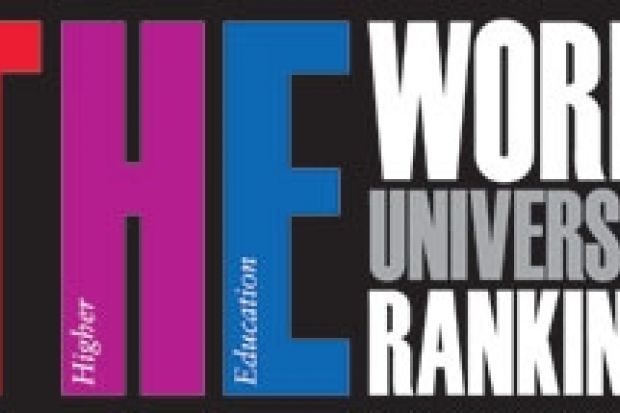Although this will be the eighth year that Times Higher Education has published a list of the world’s top universities, the current rankings methodology was first employed in 2010, with all data and analysis supplied by a new partner, Thomson Reuters.
The methodology was developed over 10 months of open consultation during 2010 and with input from an advisory group of more than 50 leading figures from international higher education. However, the magazine has continued to refine the process and has confirmed a number of improvements for 2011-12.
“The new methodology was a game-changer,” said Ann Mroz, editor of THE. “We employed 13 separate performance indicators, across the full range of a university’s core activity. These allowed us to take a serious look at the teaching environment for the first time, as well as to examine research, knowledge transfer and internationalisation in depth. We also reduced our reliance on subjective measures.”
Ms Mroz said that this year’s tables would be based on the same “fundamental foundations” but that a number of refinements had been made.
The rankings will continue to use 13 indicators, across five broad areas of activity:
• Teaching – the learning environment (weighted at 30 per cent)
• Industry income – innovation (2.5 per cent)
• Citations – research influence (30 per cent)
• Research – volume, income and reputation (30 per cent)
• International outlook – staff, students and research (7.5 per cent)
The 2011-12 tables will employ a new indicator that enhances its “international outlook” category. In this category, as well as looking at the proportion of international staff and students at each institution, the new rankings will also take into account the proportion of research papers published by each institution that are co-authored with at least one international partner.
To accommodate this new indicator, one of last year’s indicators, which considered each institution’s public research income, has been dropped.
Another key change this year is the introduction of subject normalisation for a wider range of performance indicators. The 2011-12 rankings examine 50 million citations of millions of research papers published over five years; the rankings reflect the variations in citation volume between the subjects, just as they did last year.
But this year, more indicators will take account of a university’s subject mix, including research income, the volume of its PhD completions and the volume of its research paper output.
“These refinements to the methodology that was established in 2010 make the Times Higher Education World University Rankings even more sophisticated and carefully calibrated to properly reflect the unique structure of each of the universities we look at,” Ms Mroz said. “These rankings give real parity of esteem to the arts, humanities and social sciences, disciplines that are often neglected in such exercises, and also give serious consideration to a university’s teaching environment.”
The 2011-12 rankings will also draw on a worldwide academic reputation survey, with 17,500 responses all collected during spring 2011 (up from 13,300 collected in 2010). But in line with a commitment made last year, the 2011-12 rankings will also further reduce the weight given subjective measures of reputation.
Register to continue
Why register?
- Registration is free and only takes a moment
- Once registered, you can read 3 articles a month
- Sign up for our newsletter
Subscribe
Or subscribe for unlimited access to:
- Unlimited access to news, views, insights & reviews
- Digital editions
- Digital access to THE’s university and college rankings analysis
Already registered or a current subscriber? Login
